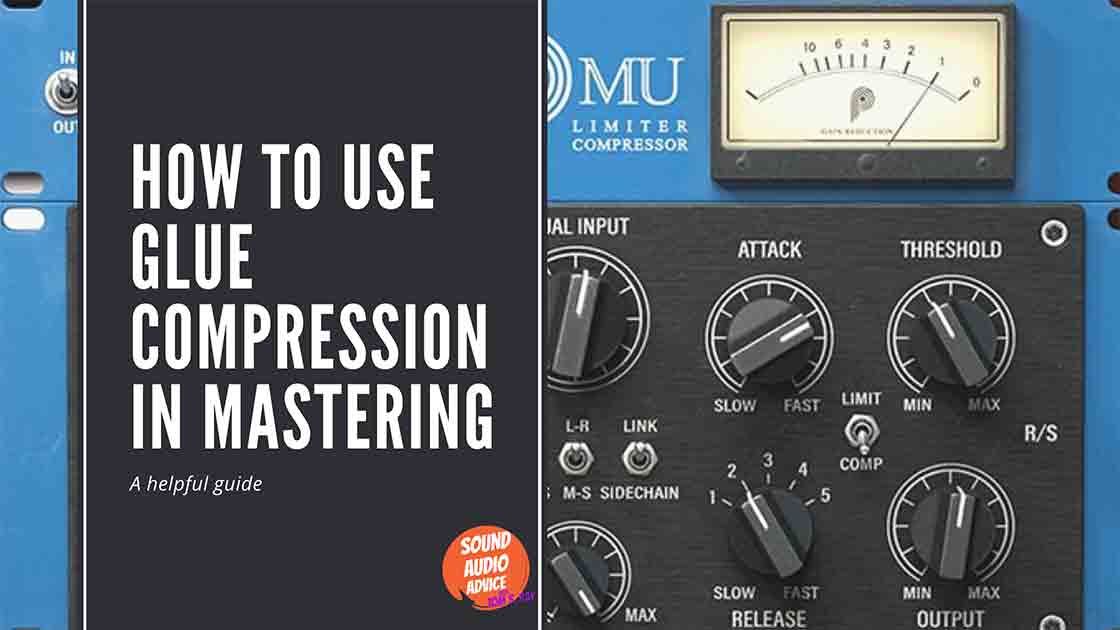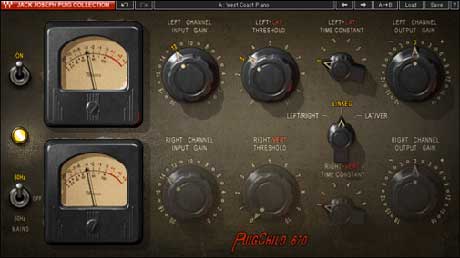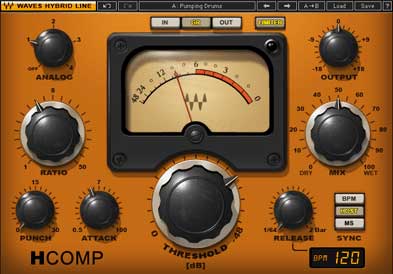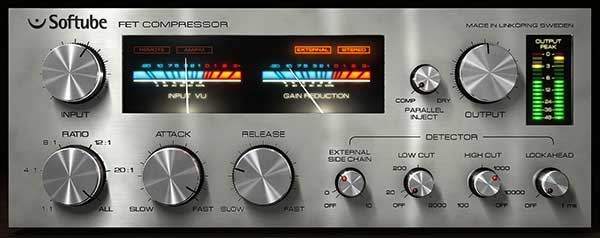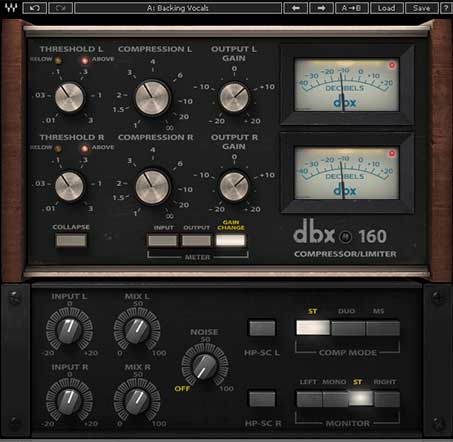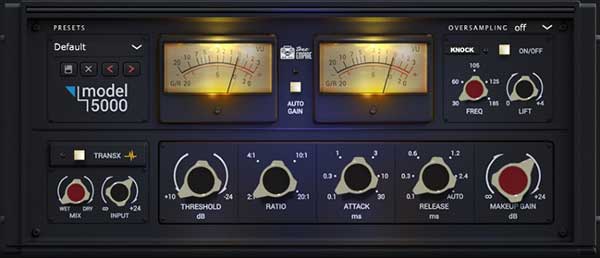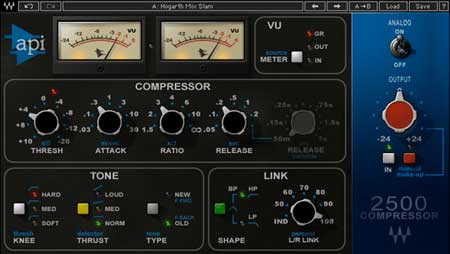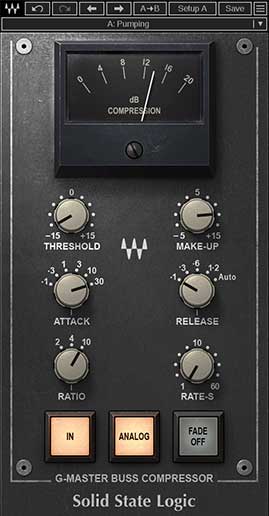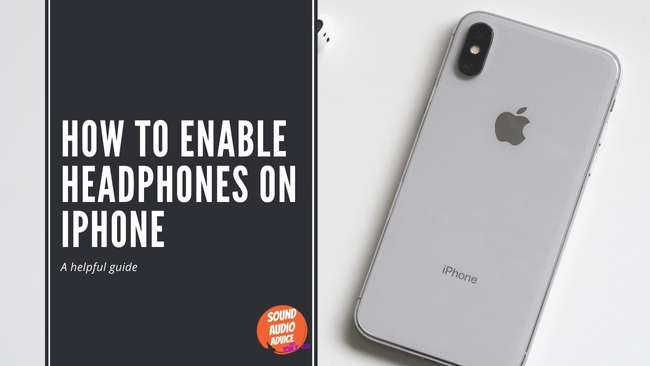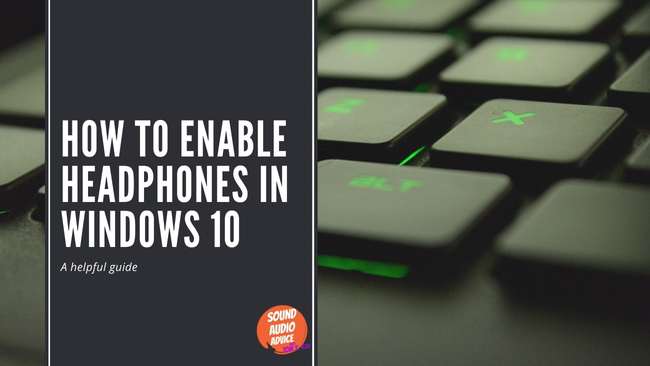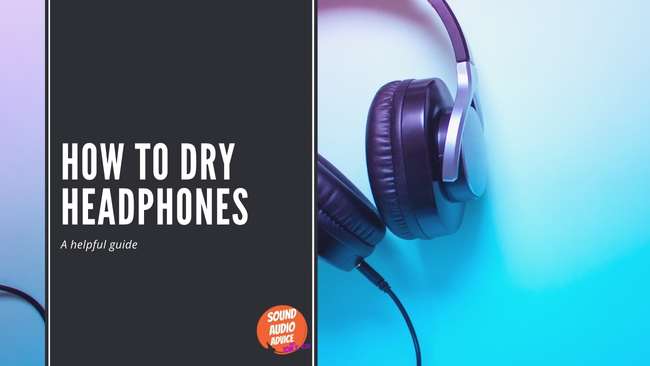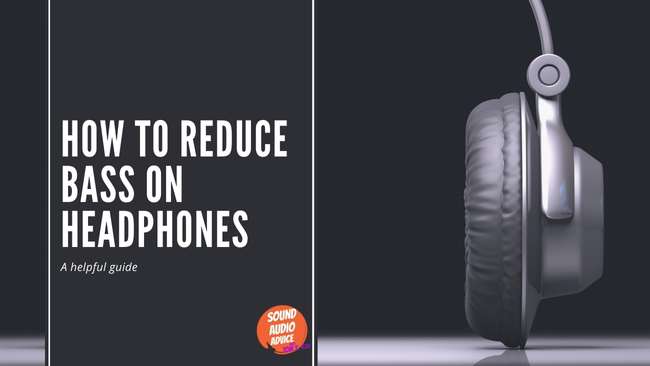
Abbey Road Vinyl Plugin Review 2022. Best Lo-Fi Plugin?
October 18, 2021
11 differences between mixing and mastering
November 24, 2021How to use glue compression in mastering
Glue compression is a vital part of every mastering project. It “glues” together all the processes to produce cohesive sounds. In this article I’ll show you exactly what glue compression is as well as why, when and how to use it and a list of the best glue compression plugins.
Before we jump straight in let me explain to you what compressors are. Compressors are devices that can be used to reduce the dynamic range of sound. They work by limiting loud sounds so they don’t overpower softer ones, which makes your tracks sounds more “controlled” since you’re controlling how much overall volume each instrument gets compared with others around it in a mix.
This is the definition of a compressor unit. During the glue compression stage in mastering, we use the plugin a bit differently.
Let’s answer a few basic glue compression questions.
What is glue compression in mastering?
Glue compression in mastering is a process of combining all the processes that occur before the actual compression and bringing them together to achieve solid and leveled sounds.
Glue compression can, when applied correctly, add subtle dynamics into the master as well as pull the less audible sounds more towards the front of the mix.
Why use glue compression in mastering?
Using glue compression is not mandatory but when done right it can have a significant effect on the sounds of the mastered song. Most engineers use glue compressions during the mastering and can’t see the mastering process without it.
When to use glue compression in mastering?
The most common place in your mastering chain for glue compression is right after the corrective EQ. You don’t want to amplify an untreated song, you want to amplify and control the peaks of a song already treated with EQ or a similar corrective plugin.
How to use glue compressions in mastering?
Using glue compression in mastering is very straight forward. First, you have to set up very low ratio as glue compression doesn’t need a heavy compression. Then, set your release at fast and attack at slow. You don’t want the “pumping” effect but very gentle peak leveling. Finally, using threshold knob, drive down the threshold and observe your compression VU meters. As soon the gauge starts to work you should also stop and listen to the effects.
Because the glue compression occurs so early in the mastering chain you might not hear the effects of it straight away.
I advise to apply mentioned settings and come back to your compressor plugin later, once you’ve applied more processes.
Watch the video below to see how much of the glue compression you should apply by observing the VU meter
Best VST compressor plugins for glue compression
Below you can find a list of the best VST compressors that can be used for glue compression.
I personally use Puigchild from Waves as it gives me a lot of mid/side control (the technique I use in most of my mastering projects).
- Modeled on a rare vintage Fairchild 670
- Lateral vertical mode (MS compression) for optimal stereo imaging
- Linked & unlinked modes
- Eight different compression styles, of which five are new in version 2: Vocal, Mastering, Bus, Punch and Pumping
- Side-chain EQ section, with customizable HP and LP filters, plus an additional freely adjustable filter
- Custom knee, variable from hard knee to a 72 dB soft knee
- Variable stereo linking and mid/side processing, with mid-only, side-only, M > S and S > M processing
- Hybrid compressor plugin
- Analog modeled release behavior
- Wet/dry mix for easy parallel compression
- Unique transient pass-through punch control
- Exclusive BPM-sync release function
- Parallel compression.
- Detector low and high cut filters
- External side chain
- Stereo with synchronized gain reduction
- Created in collaboration with dbx®
- Meticulous modeling of the original dbx® 160 compressor
- MS matrix
- Mix & noise controls
- “TransX” input/output transformer option
- 8x oversampling
- British and American model
- Switchable 3-position Thrust high-pass filter
- Variable link left and right channels
- 3 Variable link filter types
- 3 Compression modes: soft, medium and hard knee
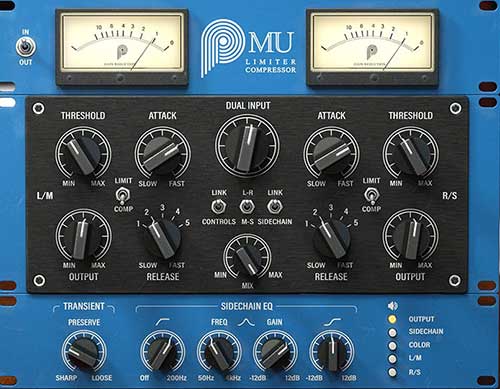
- External Sidechain
- Mid-Side Processing
- Flexible Sidechain Equalizer
- Includes presets from GRAMMY®-winning mixer Chris Lord-Alge
- Developed under license from Solid State Logic
Hope this article will help you understand glue compression a bit better and the list of the plugins above will give you some insight on what is available. You can watch my YouTube video on the subject below.
Thanks
Tom
I’m Tom S. Ray and I’m head mastering engineer at Audio Unity Group. I also hold a bachelor with honours degree in music from Kingston University in London, I lecture mastering to students in Edinburgh College and to my online students via my Mastering Mastery audio mastering online course.

